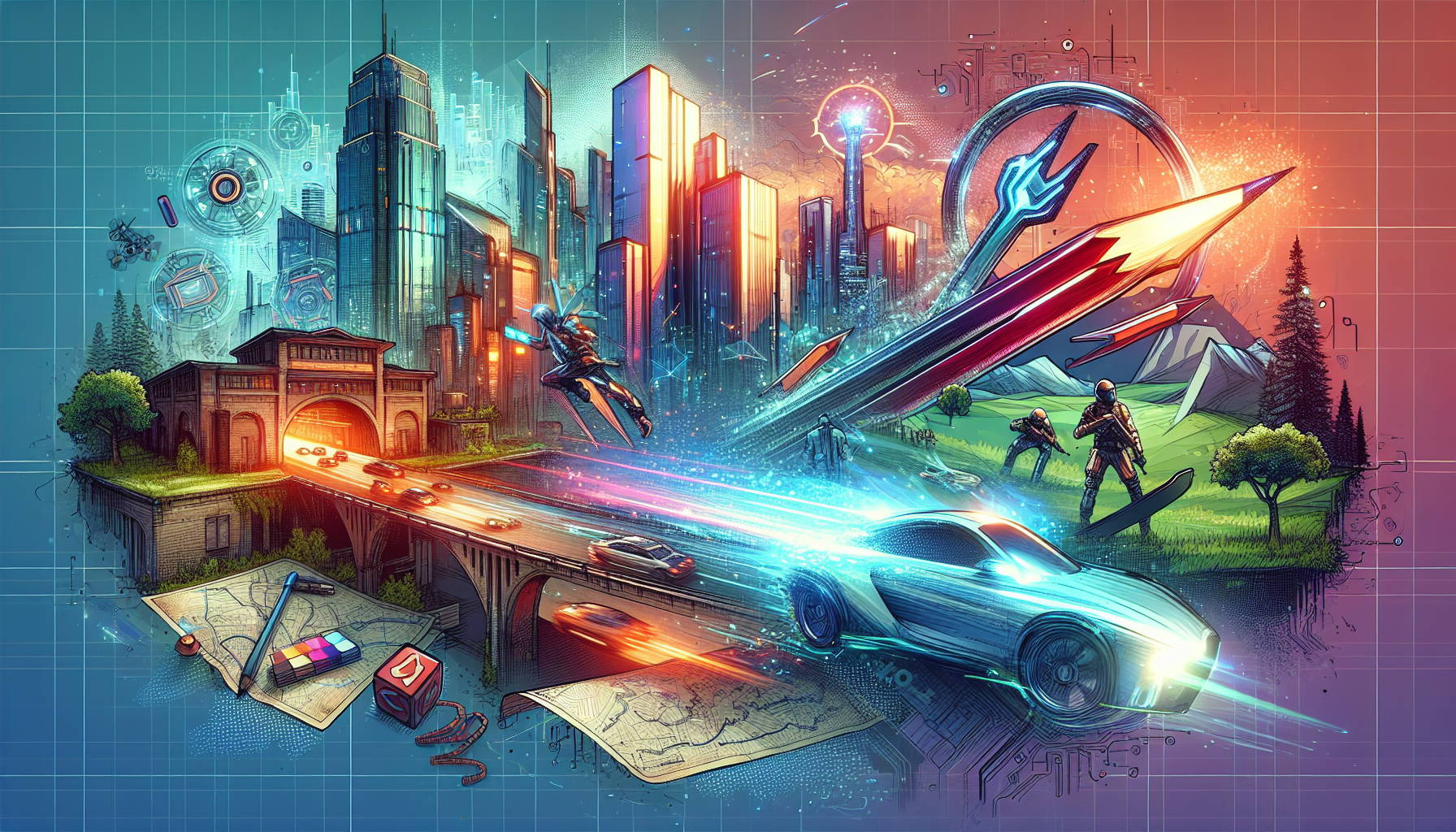
Crafting Dynamic Settings: A Guide to World-Building for Action Stories
Action stories thrive on fast-paced plots and heart-pounding sequences that keep readers on the edge of their seats. However, the setting plays a pivotal role in amplifying the intensity and depth of these narratives. A well-crafted setting can transform a good action story into an unforgettable adventure. This guide will explore key strategies for building dynamic settings that enhance the action, engage the reader, and enrich the overall storytelling experience.
Understanding the Role of Setting in Action Stories
The setting in action stories does more than just provide a backdrop. It influences the characters’ choices, shapes the plot, and sets the tone for the story. A dynamic setting can add layers to the narrative by introducing unique challenges, reflecting thematic elements, and immersing readers in a vividly imagined world. Whether it’s a bustling cityscape, a treacherous wilderness, or a distant planet, the setting should serve as both a stage and an active participant in the story.
Creating a Multidimensional Setting
To craft a setting that feels alive and dynamic, it’s important to think beyond the physical landscape. Consider the following dimensions:
- Temporal: The period in which the story occurs affects the technology, social norms, and historical context that shape the action.
- Social: The cultural, economic, and political aspects of the setting can influence characters’ motivations, conflicts, and alliances.
- Environmental: Weather patterns, terrain, and natural hazards can add unexpected twists and increase tension.
Incorporating these dimensions helps to create a setting that is not only visually intriguing but also rich with potential for conflict and adventure.
Integrating Setting and Action
To ensure that the setting enhances the action rather than distracts from it, consider the following techniques:
- Use the Environment Strategically: Leverage the setting’s unique features to create challenging scenarios or inventive solutions. A mountainous terrain could be the perfect setting for a thrilling chase, while a crowded urban area could facilitate a tense hide-and-seek sequence.
- Incorporate the Setting into Plot and Character Development: Let the setting influence the storyline and character arcs. Perhaps the harsh conditions of a desert planet test the protagonist’s resilience, or the complexities of a politically fraught city underscore themes of loyalty and betrayal.
By weaving the setting into the fabric of the story, you can elevate the action and make the world you’ve created an integral part of the narrative.
Research and Authenticity
Whether your setting is based in reality or entirely fictitious, research is key to building an authentic world. Historical settings require an understanding of the period’s customs and technologies, while fantasy settings demand internal consistency and believable world-building rules. Even contemporary settings can benefit from research into locations, slang, and technology to ensure authenticity.
Consider visiting locations similar to your setting or consulting experts to capture details that will bring your world to life. This attention to detail not only enriches the reading experience but also grounds the action in a believable context, making the improbable seem possible.
Conclusion
Dynamic settings are the cornerstone of captivating action stories. By considering the multifaceted nature of your setting, integrating it with the action, and ensuring authenticity through research, you can create a vivid world that enchants readers and amplifies the impact of your narrative. Remember, a well-developed setting is not just a backdrop but a character in its own right, shaping the story and engaging readers from the first page to the last.






